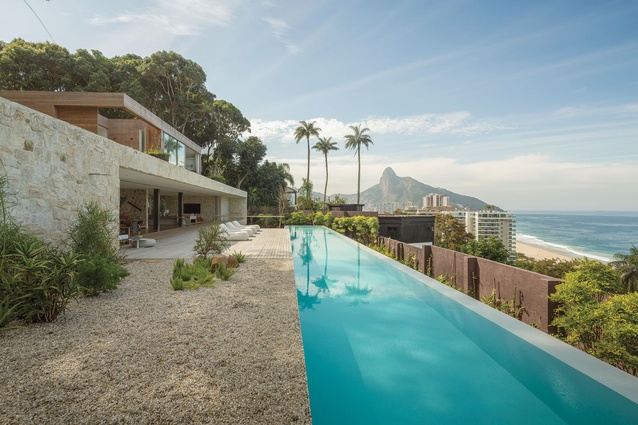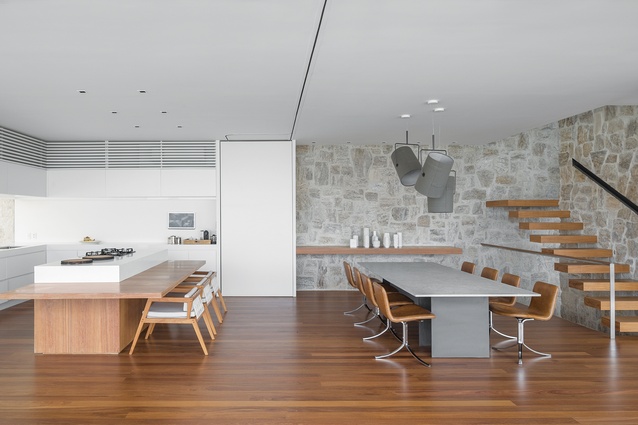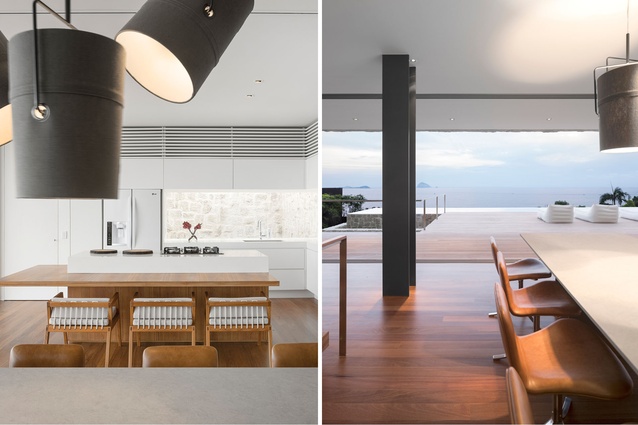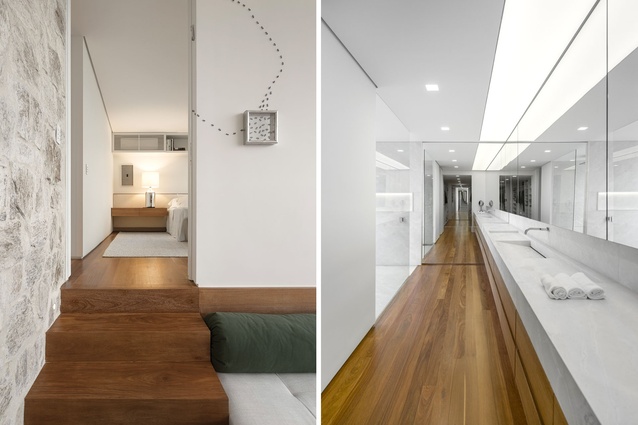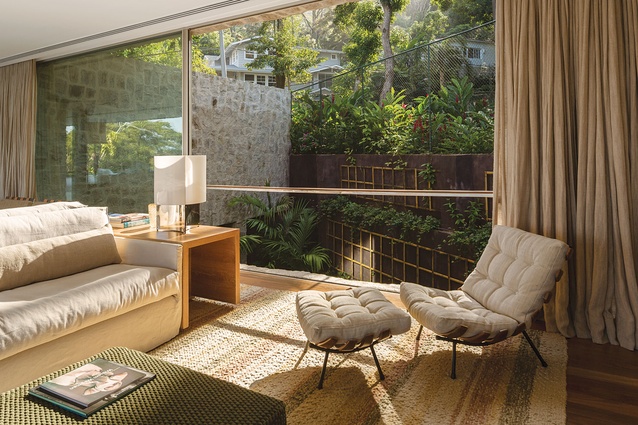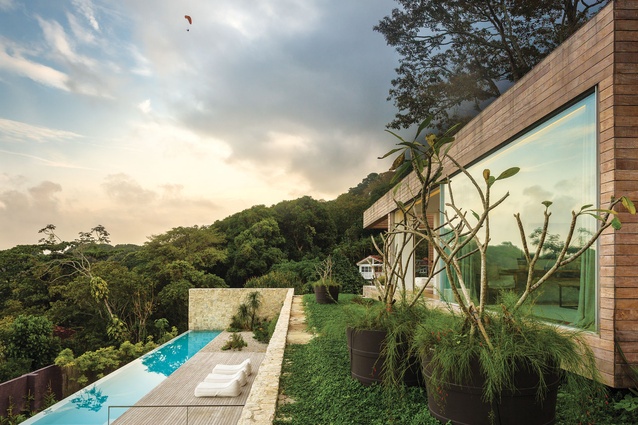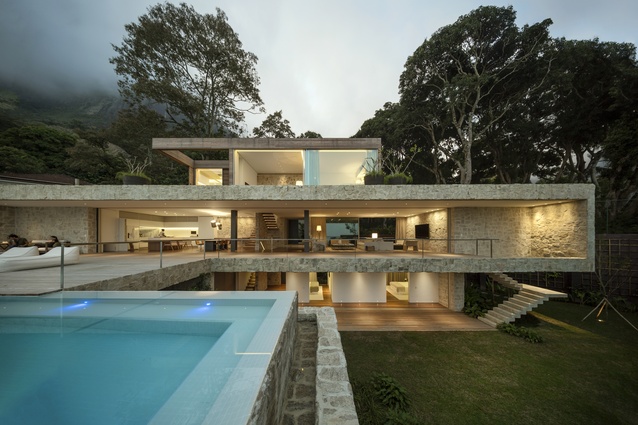Tropical paradise
Back in 1953, Brazil’s architectural modernist darling Oscar Niemeyer built himself a house in São Conrado, a seaside suburb on the south side of Rio de Janeiro. The now-iconic Casa das Canoas is one of those places that seem to encapsulate a golden era in Latin America’s ’60s and ’70s, when the region was opening up to the world. The mood, at least in the upper echelons of Brazilian society, was that of golden optimism and creative experimentation. Brazil’s architects and designers were mixing post-colonial forms with modernity, its musicians were dabbling with jazz and rock and its writers were influenced by French literature and cinema.
That the feel in this affluent area of Rio to this day remains part sunny tropical paradise, part Bright Young Things, is not entirely surprising. The legendary party town of Copacabana is just 11km from São Conrado; Ipanema Beach (which gave its name to one of the most well-known pieces of Bossa Nova) is a 20-minute drive away. And it’s why, when Arthur Casas Studio was asked to build the ultimate bachelor pad for a client, its architects thought of São Conrado.
The principals drove around the neighbourhood until they found a 1310m² section just down the road from Casa das Canoas. “We chose the plot, we created a story,” says Raphael França, one of the architects involved in the project. “It could have been a cliché but we constructed the idea together with the client and we are very happy with the result.”
Their TV producer client had in mind a pad in which he could throw large, memorable parties and impressive, smaller business soirées. Cue an infinity pool overlooking the ocean with plenty of nearby standing room and a state-of-the-art, open-plan kitchen (there is also a more practical service kitchen on a lower floor).
He also wanted sea views. To achieve them on what was essentially a sunken, rather steep site that looked directly onto a neighbour’s wall, the architects suspended the house and bypassed the neighbouring wall completely. This exposed immaculate sightlines to the ocean and Pedra da Gávea, an 840m-high hill dipping the hem of its skirt into the warmth of the Atlantic.
“We wanted the house to really blend with the surrounds and, when you were in the house, you needed to feel like you were part of the horizon,” says França. To aid this, much of the building is constructed from golden granite from a nearby quarry. But the inspiration for the material came from a different continent. “The client made a trip to Jerusalem and he found that our granite looked like stone from the Western Wall. We liked the tones and that it was from nearby. It gives this very brutal, raw look,” says França.
Creeping plants on the outside help ensure a smooth transition between the abode, the nearby tropical jungle and the mountain that shoots up from this home’s backyard. “People go paragliding there all the time,” says the Brazilian architect. “They fly above the house and land at the beach!”
The first thing any glider is likely to notice is not the stonework but the upper floating storey made from glass and cumaru (a Brazilian teak). It is rectangular, elongated and overflows from the edge of the stone structure underneath it. It gives the top storey a personality of its own, separating its usage as private living quarters from the social spaces of the lower level (that the master bedroom be removed from the living areas was part of the brief). Inside is the master bedroom where a large, vintage chest of drawers that dictated the tone for the entire décor – classic but rustic – can be found. Up here also is an office space, an additional guest room and an outdoor spa.
The furniture throughout the house is a combination of pieces created by Arthur Casas’ atelier and local and overseas purchases. All are in keeping with Brazilian modernism; its natural textures, predilection for the rich warmth of local woods and that unabashed sensuality of form that seems to mix South American flair with European functionality and balance. In the basement guest rooms, which have immaculate garden views, there are stunning local modernist furniture pieces like a 1970 Bone Chair by Martin Eisler and European side tables. Texture comes from plush rugs and linens. The result is comfort with a bit of soul.
The client, who began his professional life as an interior designer, is said to have approached this project mainly from an interior perspective. “He was interested in seeing textures from the very beginning and in matching them with colours and materials and images of furniture pieces we wanted to buy. There is a close integration between the interior and the architecture of this house,” says França.
Would Niemeyer approve? Hard to tell. The architecture here, although impressive, is less flamboyant than his; it is minimalist in spirit and raw in its materiality, unlike his own sculptural and unashamedly lyrical work. It is, however, a stunning addition to the neighbourhood.

